12 Most Unusual Things People Have Used As Money
Kenneth Coo
Published
05/11/2016
in
wtf
Twelve currencies you might not believe were real.
- List View
- Player View
- Grid View
Advertisement
-
1.
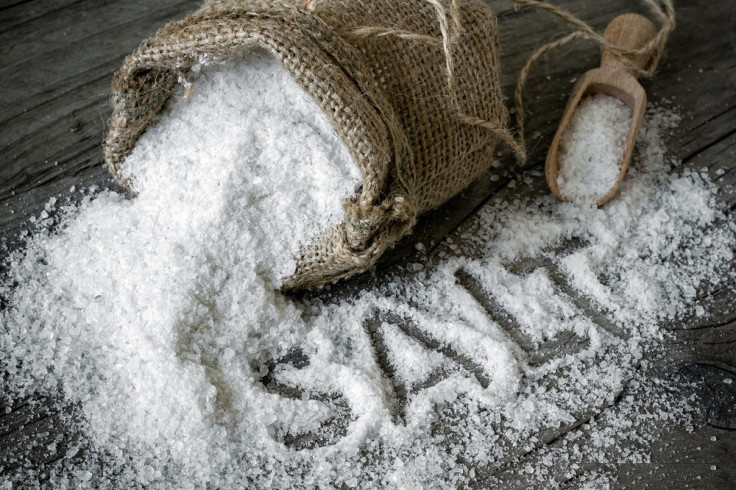 During the times of the Roman Republic part of Roman soldiers pay did come in the form of salt. This was because of how valuable it was, as it was used to season food, preserve meat and treat wounds as an anti-septic. Salt became so valuable during this time that many people would carry out entire transactions with it rather than using gold or coins, with slaves commonly trading between owners for large amounts.
During the times of the Roman Republic part of Roman soldiers pay did come in the form of salt. This was because of how valuable it was, as it was used to season food, preserve meat and treat wounds as an anti-septic. Salt became so valuable during this time that many people would carry out entire transactions with it rather than using gold or coins, with slaves commonly trading between owners for large amounts. -
2.
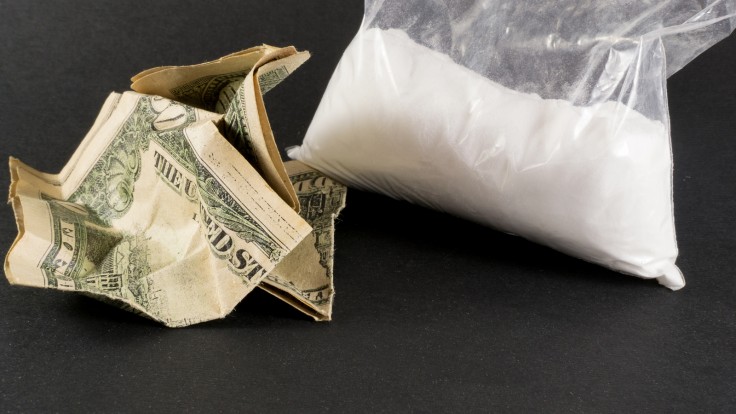 Columbia has developed something of a reputation for the drug cocaine. However, in some parts of the country it has actually become the currency through some rather bizarre circumstances. In an effort to prevent the drug from being trafficked around Columbia and into other nations, the government has set up strict border controls around towns such as Guerima where the drug is grown and manufactured. This means that those living in the small communities have a huge amount of cocaine and no money, forcing them to effectively trade and carry out transactions with the only commodity they have.
Columbia has developed something of a reputation for the drug cocaine. However, in some parts of the country it has actually become the currency through some rather bizarre circumstances. In an effort to prevent the drug from being trafficked around Columbia and into other nations, the government has set up strict border controls around towns such as Guerima where the drug is grown and manufactured. This means that those living in the small communities have a huge amount of cocaine and no money, forcing them to effectively trade and carry out transactions with the only commodity they have. -
3.
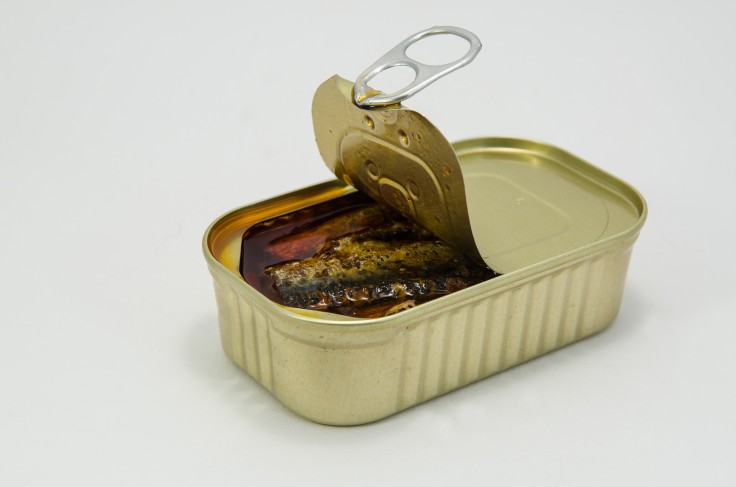 While traditional prison currency is usually assumed to be cigarettes, recent bans on smoking has meant that they are much harder to come by. Prisoners had to come up with something different to use as cash behind bars and many have settled on cans of fish. Its popularity in prison as a source of money is so great that almost half the sales of the cans come from the prison system according to the manufacturer.
While traditional prison currency is usually assumed to be cigarettes, recent bans on smoking has meant that they are much harder to come by. Prisoners had to come up with something different to use as cash behind bars and many have settled on cans of fish. Its popularity in prison as a source of money is so great that almost half the sales of the cans come from the prison system according to the manufacturer. -
4.
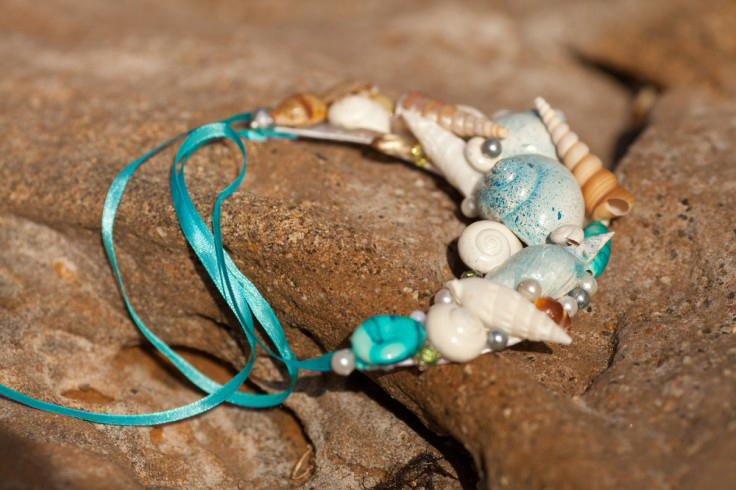 Shells have been used as a form of currency throughout human history. There are examples of them being used in countries all over the planet, including Europe, Asia and Africa, with the value arising predominantly from the use of shells as body ornamentation as it was used to create jewelry. They were often exchanged for other types of goods or services and although the practice is much rarer nowadays, some parts of the Solomon Islands still use shell money today.
Shells have been used as a form of currency throughout human history. There are examples of them being used in countries all over the planet, including Europe, Asia and Africa, with the value arising predominantly from the use of shells as body ornamentation as it was used to create jewelry. They were often exchanged for other types of goods or services and although the practice is much rarer nowadays, some parts of the Solomon Islands still use shell money today. -
5.
 Beaver Pelts. The fur trade has always been an important part of trading throughout human history, as animal pelt was an effective way of producing warm and pleasing clothing. While it is largely looked down upon today, wearing fur was something that many people had to do in the past and this led to things like beaver pelts becoming highly valuable assets. When European settlers first arrived in North America, they found that one of the only forms of currency they could use with Native Americans was beaver pelts, as it was one of the only things that both groups found to be valuable. Paying with beaver means something very different nowadays.
Beaver Pelts. The fur trade has always been an important part of trading throughout human history, as animal pelt was an effective way of producing warm and pleasing clothing. While it is largely looked down upon today, wearing fur was something that many people had to do in the past and this led to things like beaver pelts becoming highly valuable assets. When European settlers first arrived in North America, they found that one of the only forms of currency they could use with Native Americans was beaver pelts, as it was one of the only things that both groups found to be valuable. Paying with beaver means something very different nowadays. -
6.
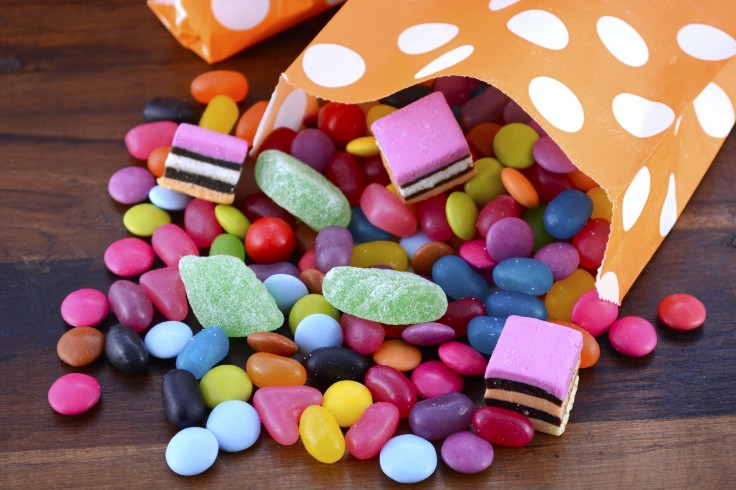 Candy. Yes, candy. The story is somewhat funny. In 2008, the capital city of Argentina, Buenos Aires, began to suffer from a huge shortage of coins. This was because shops, bus companies and other businesses that naturally took in more loose change were hoarding them and selling them on in the black market for profit. This led to many smaller stores and customers trading in candy rather than coins, with the difference in prices being made up in sweets as there was almost no chance of anyone having the exact amount of money down to the cent.
Candy. Yes, candy. The story is somewhat funny. In 2008, the capital city of Argentina, Buenos Aires, began to suffer from a huge shortage of coins. This was because shops, bus companies and other businesses that naturally took in more loose change were hoarding them and selling them on in the black market for profit. This led to many smaller stores and customers trading in candy rather than coins, with the difference in prices being made up in sweets as there was almost no chance of anyone having the exact amount of money down to the cent. -
7.
 It isn’t just the video game series Fallout, that uses bottle caps as a form of currency. Many people in Cameroon will use beer bottle caps to pay for small items or services that would usually be paid with small amounts of cash. The value for the caps comes from the fact that beer companies in the country began offering prizes under caps to try to get an edge over their competitors, eventually leading to almost every brewery carrying out similar offers. Nearly every bottle of beer will have some sort of prize, ranging from a free beer to a luxury holiday, so they all have some value.
It isn’t just the video game series Fallout, that uses bottle caps as a form of currency. Many people in Cameroon will use beer bottle caps to pay for small items or services that would usually be paid with small amounts of cash. The value for the caps comes from the fact that beer companies in the country began offering prizes under caps to try to get an edge over their competitors, eventually leading to almost every brewery carrying out similar offers. Nearly every bottle of beer will have some sort of prize, ranging from a free beer to a luxury holiday, so they all have some value. -
8.
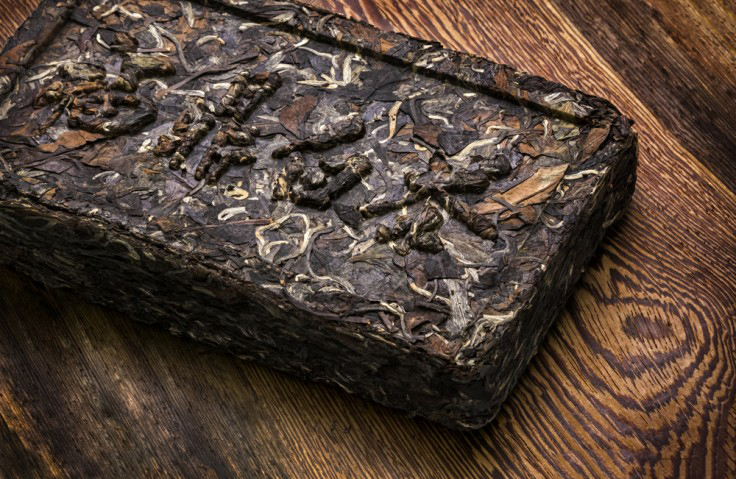 Tea. Tea bricks became a popular form of payment in China, Mongolia, Tibet and Russia, during the 9th century and were continued to be used as a type of currency up until the beginning of World War I. They were essentially just tea leaves that were pressed together into a brick shape that could then be used to trade, with the value of the bricks assigned by the quality of the leaves and availability of tea in the region. They were popular as a type of money simply because of how important tea was and because their shape and size meant they could be easily transferred and preserved.
Tea. Tea bricks became a popular form of payment in China, Mongolia, Tibet and Russia, during the 9th century and were continued to be used as a type of currency up until the beginning of World War I. They were essentially just tea leaves that were pressed together into a brick shape that could then be used to trade, with the value of the bricks assigned by the quality of the leaves and availability of tea in the region. They were popular as a type of money simply because of how important tea was and because their shape and size meant they could be easily transferred and preserved. -
9.
 Rocks. Although the official currency of Micronesia is the US dollar, many of the individual island states use their own forms of money when carrying out transactions locally. On the island of Yap, locals have used particular rocks and stones as a form of currency for centuries after discovering limestone on a neighboring island. The huge amount of effort required to dig out the rocks and transfer them back to Yap on canoes meant that they became incredibly valuable and are now traded, with rocks of varying sizes, including up to those the size of cars, given value according to how big they are and how they managed to get to the island.
Rocks. Although the official currency of Micronesia is the US dollar, many of the individual island states use their own forms of money when carrying out transactions locally. On the island of Yap, locals have used particular rocks and stones as a form of currency for centuries after discovering limestone on a neighboring island. The huge amount of effort required to dig out the rocks and transfer them back to Yap on canoes meant that they became incredibly valuable and are now traded, with rocks of varying sizes, including up to those the size of cars, given value according to how big they are and how they managed to get to the island. -
10.
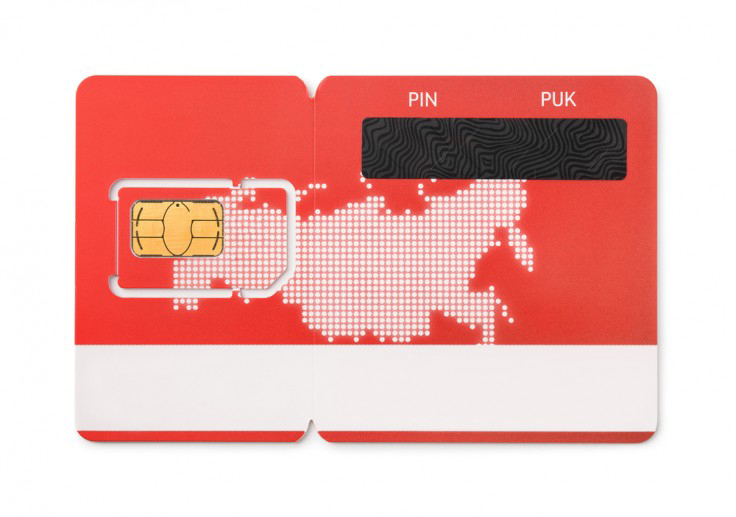 Living in a continent such as Africa, where local currency is subject to change notoriously quickly or to lose its value in an instance, means that many communities have found different things to use as money. In Congo, many people have turned to using cell phone top up cards, such as Airtime, rather than traditional forms of currency. The strange choice has come about because of the fact that there are so many mobile phones in the country as they are so cheap and easily available. In fact, they are so popular in terms of money that some officials have even been known to take the scratch cards as bribes while in public office.
Living in a continent such as Africa, where local currency is subject to change notoriously quickly or to lose its value in an instance, means that many communities have found different things to use as money. In Congo, many people have turned to using cell phone top up cards, such as Airtime, rather than traditional forms of currency. The strange choice has come about because of the fact that there are so many mobile phones in the country as they are so cheap and easily available. In fact, they are so popular in terms of money that some officials have even been known to take the scratch cards as bribes while in public office. -
11.
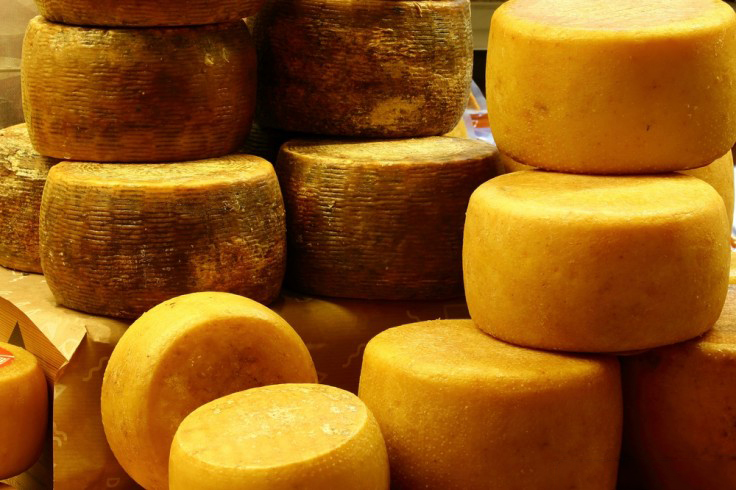 Cheese. That's right- cheese. Cheese might seem like a strange thing to use as currency, yet that is exactly what several banks in Italy do. The use of Parmigiano-Reggiano in the banking process dates back hundreds of years and effectively allows cheese makers to get loans from the bank using the food as collateral for the debt. The cheap loans are usually for around two years, the time it takes the cheese to mature, and some banks have millions of euros worth of cheese inside their vaults.
Cheese. That's right- cheese. Cheese might seem like a strange thing to use as currency, yet that is exactly what several banks in Italy do. The use of Parmigiano-Reggiano in the banking process dates back hundreds of years and effectively allows cheese makers to get loans from the bank using the food as collateral for the debt. The cheap loans are usually for around two years, the time it takes the cheese to mature, and some banks have millions of euros worth of cheese inside their vaults. -
12.
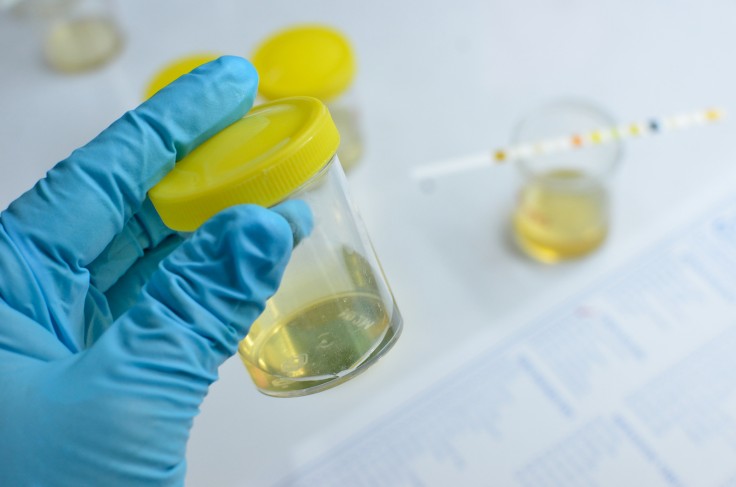 Urine. Try not to piss yourselves, but someone else's urine is highly useful during a drug test. Especially in prison. Many prisons require inmates to go through a variety of checks while they are incarcerated, with the most popular one being drug testing. This usually involves urine, as it is the easiest and cheapest way to determine whether a prisoner has been using drugs while behind bars. Getting caught could have serious consequences though, meaning that some go to extreme lengths to ensure they don’t get caught. This has led to clean urine becoming an important commodity in prisons around the world, with prisoners trading it for other goods and services.
Urine. Try not to piss yourselves, but someone else's urine is highly useful during a drug test. Especially in prison. Many prisons require inmates to go through a variety of checks while they are incarcerated, with the most popular one being drug testing. This usually involves urine, as it is the easiest and cheapest way to determine whether a prisoner has been using drugs while behind bars. Getting caught could have serious consequences though, meaning that some go to extreme lengths to ensure they don’t get caught. This has led to clean urine becoming an important commodity in prisons around the world, with prisoners trading it for other goods and services.
- NEXT GALLERY
-

- The Internet Found The Woman From The Sexy Cop Meme
During the times of the Roman Republic part of Roman soldiers pay did come in the form of salt. This was because of how valuable it was, as it was used to season food, preserve meat and treat wounds as an anti-septic. Salt became so valuable during this time that many people would carry out entire transactions with it rather than using gold or coins, with slaves commonly trading between owners for large amounts.
12/12
1/12
Categories:
Wtf


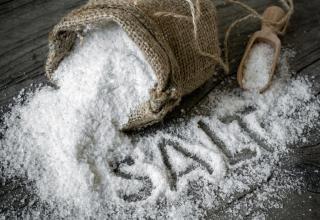





1 Comments